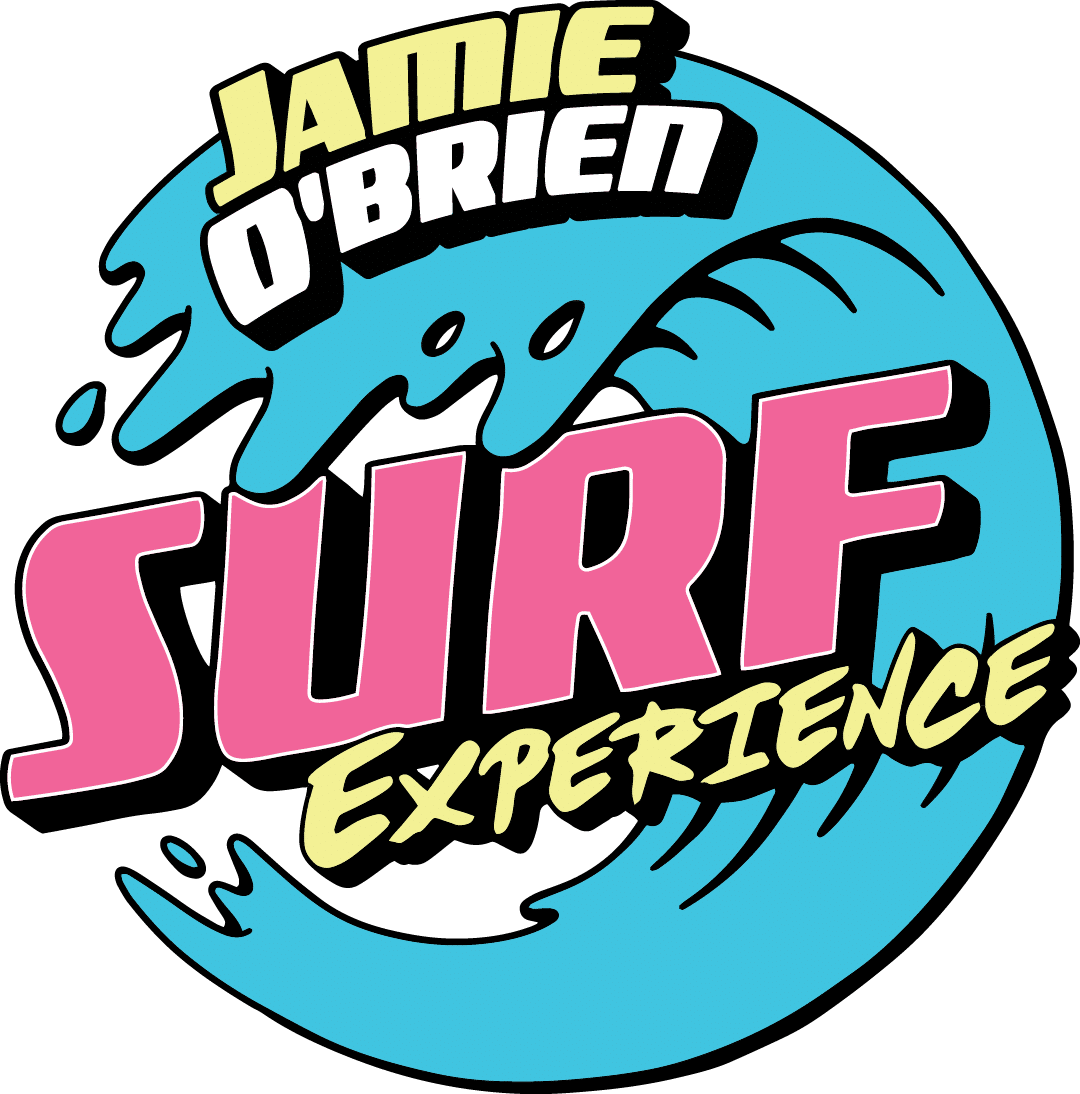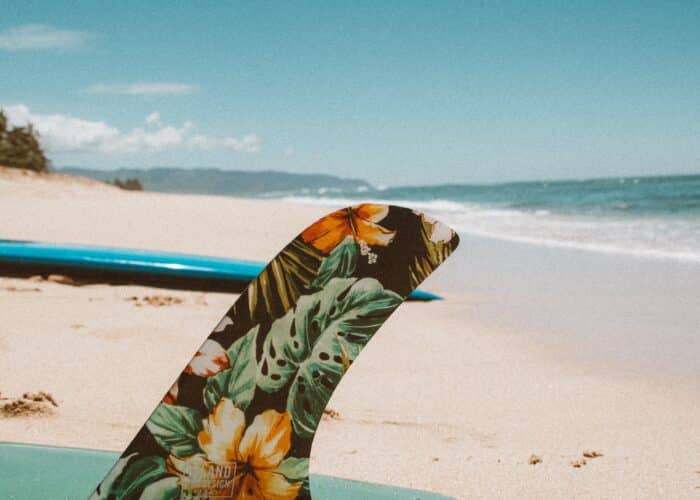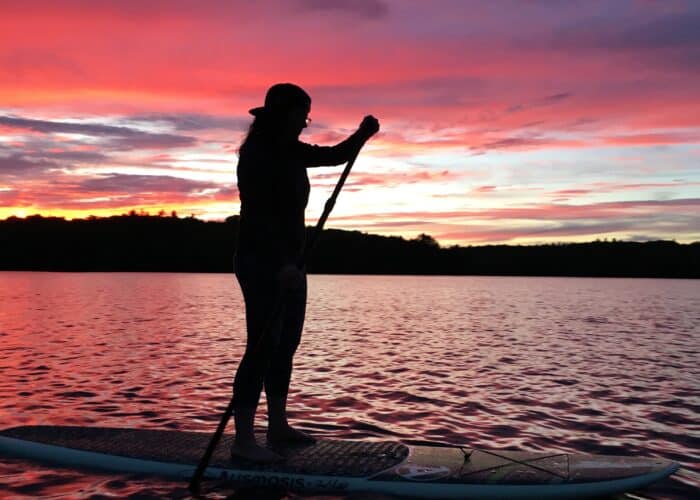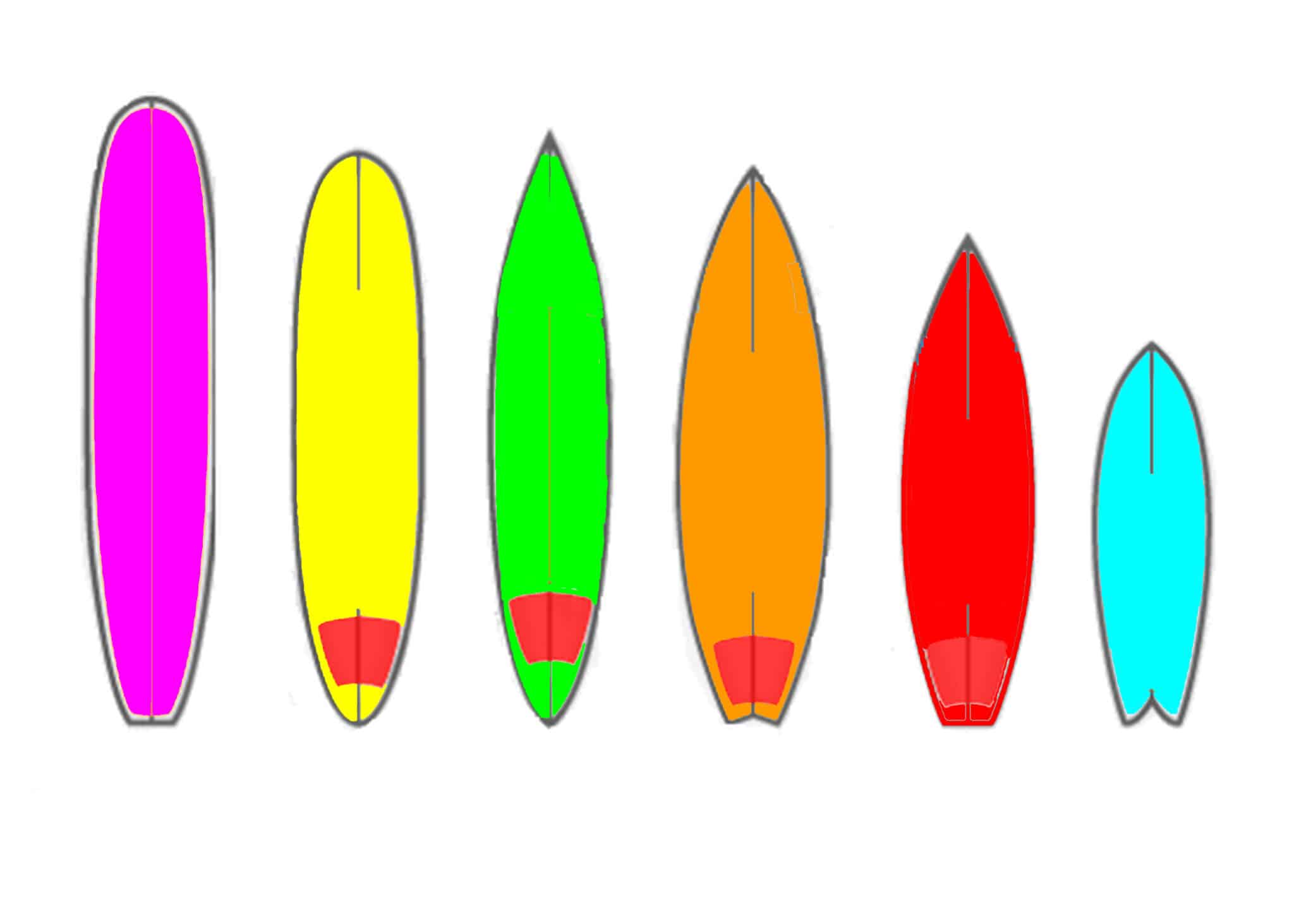
Surfboards come in all shapes and sizes, and for new surfers, finding just the right board for your skill level can be a daunting task. Understanding surfboard design will help you pick the right board for your skill level and different wave types. Today, even the top pros choose to ride a variety of board types when they’re not competing. Riding different styles of surfboards will not only improve your surfing, but it will increase the number of days you can spend in the water by allowing you to surf on smaller days and adding some much-needed fun to those days with less than perfect surf. There is a clear trajectory for board selection that aligns with surf progression. Below we have detailed the different types of surfboards and included information on what wave type and skill level they’re best suited for. Each board type is listed in order of progression. Continue reading below for Our Oahu Surf Schools’ Guide to Surfboard Board Design
Longboards
Longboards are ideal for new surfers. The length, high volume, and large surface area of a longboard make it ideal for learning the fundamentals of popping up and wave riding. A longboard is typically 8’6” or above and features a single fin or two plus one setup. Every new surfer should ride a longboard to start and stick with it for as long as possible. Not only are longboards ideal for learning, but they’re also great for surfing in all conditions. As we mentioned in both of our surf tips articles, many new surfers make the mistake of trading in a longboard for a shorter model way too soon. Some of the most skilled surfers in the world prefer to ride longboards for the longer rides and graceful maneuverability of the board. Watching a skilled longboard cross-step to the nose of the board is akin to watching a dancer perform.
Mid-lengths
Mid-lengths are the hottest thing in alternative shapes right now, and for good reason. Mid-lengths have similar wave catchability, glide, and flow of longboards with an increased amount of maneuverability. Mid lengths range from 6’6” to 7’6.” While mid-lengths have been around for decades, the term is relatively new in surfboard design. In the past, mid-length surfboards have been referred to as “fun-sized” or “mini-Malibu.” Mid-lengths are a great second board for new surfers.
Fishes/ Grovelers
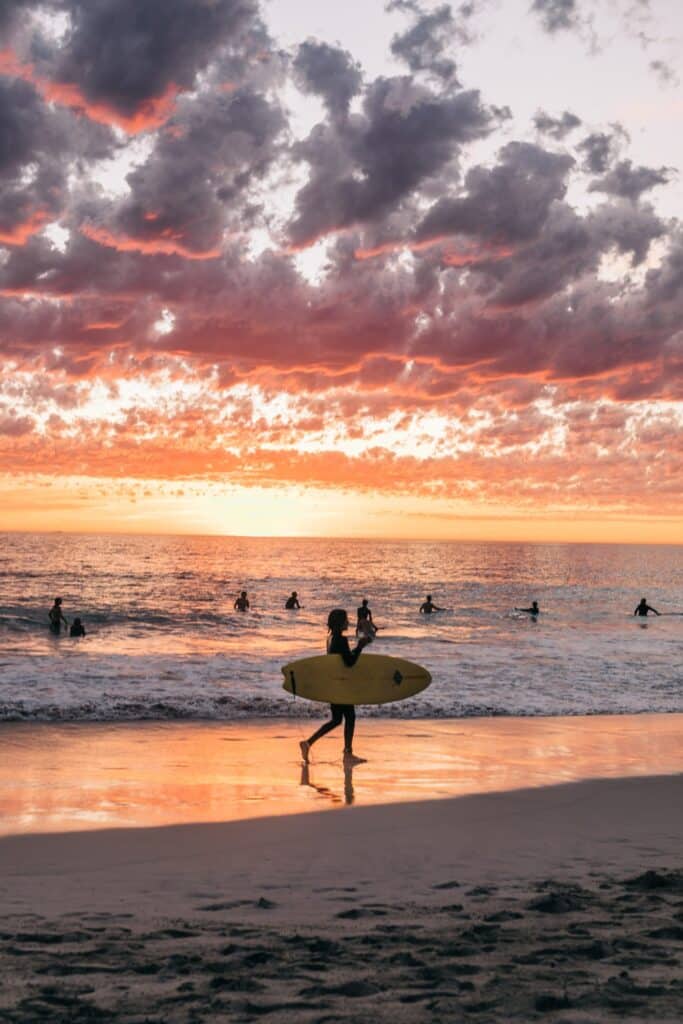
The Fish is a swallow tail, twin fin surfboard that was first invented in the sixties but remains astonishingly relevant to surfboard design today. A fish is shorter than your average shortboard but incredibly thick and wide. The fish’s short, stubby outline allows shapers to pack in tons of volume into a shorter model. The result is a board that catches waves easily and works on small days. Additionally, the fish’s straight rail lines give it an enormous amount of speed. So, the board can be extraordinarily fun in larger surf. The 2000s brought an end to the potato chip thin era of shortboards in surfboard design and saw a rise in shortboards designed with fish characteristics (short and fat). These boards excel in small surf, but as the fish, are also easier to ride than standard shortboards. If you’re thinking of making the jump to a shortboard, opt for a fish or groveler first.
High-Performance Short Boards
High-Performance shortboards are typically under 6’6” and feature heavily rockered, pulled-in noses and sharp rails. High-performance shortboards are highly refined wave riding machines that are designed to fit into the pocket of a steep wave and perform top to bottom maneuvers. Due to the refined characteristics of these boards, they are difficult to ride for new surfers. Surfboard design has come a long way in the last twenty years, and there’s a wide variety of high-performance shortboards that fall between your typical shortboard and a groveler. If you’re buying your first shortboard, make sure you choose a board with plenty of volume.
Step-Ups
A step up is what you ride when the surf is well overhead, and you need a little extra volume to help get you into big, hollow waves early. Steps ups are similar in design to high-performance shortboards, with highly rockered noses and tails and refined rails. The main difference is a step up is ridden several inches longer than your typical shortboard.
Big Wave Guns
Finally, we have big wave guns. Big wave guns are a similar length to longboards, but they are designed specifically to ride waves with 15-foot faces or taller. On Oahu, big wave guns are used at Waimea Bay and the outer reefs. Big wave guns are typically 8 to 10 feet and feature pulled-in noses and sharp rail lines.
High-Performance Soft Tops
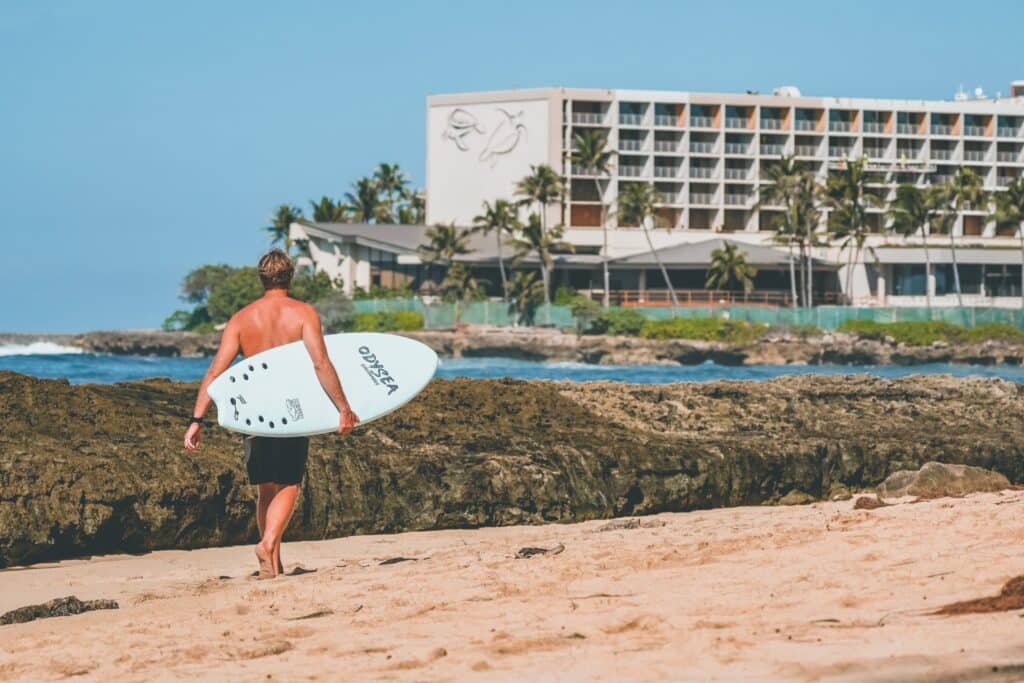
Soft tops used to be found exclusively in surf schools. Most surfers would dread running into soft tops in the lineup because it typically marked new surfers that may or may not be familiar with surf etiquette. Then the high-performance soft top emerged, and suddenly, there was a new way to enjoy small waves. High-performance soft boards, like the Catch Surf Odysea, feature classic high-performance outlines but with forgiving soft board features like a foam deck and flexible fins.
To learn more about surfboard design, wave riding, and our Oahu, stay tuned to the Jamie O’Brien Surf Experience Blog.
